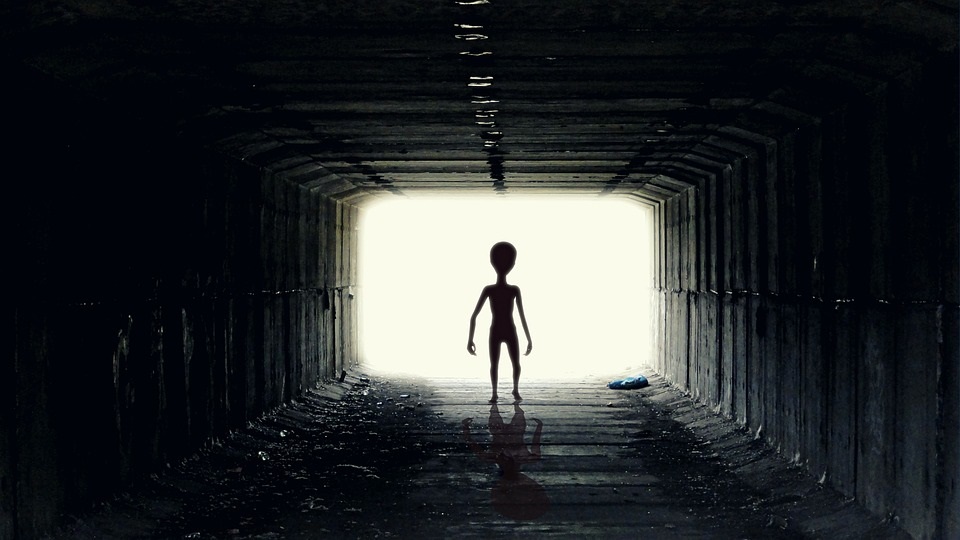
If you’ve ever been on the internet, chances are you’ve been somehow exposed to the idea of “conspiracy theories.” Whether it be websites devoted to proving birds are fake or YouTube videos debunking UFO sightings, it seems our culture thrives on the idea of questioning everything. While these theories seem harmless, they have a huge impact on society as a whole, and have become an important part of modern media.
Conspiracy theories present themselves in many different forms — one of which being an expansive collection on YouTube. Content creators like Shane Dawson have been exploring the world of conspiracies for years, and are gaining quite a following from it. Simply typing in the phrase leads to pages upon pages of content, appealing to both the believers and the skeptics. It’s an ever-changing subject with plenty of angles to look at it — some viewers see undeniable evidence while others don’t; this difference sparks hot debates and even more content to support their cause.
Aside from producing content in mass on the internet, conspiracies have been a huge inspiration for the entertainment world. These theories are the driving force for many shows like The X Files or Unsealed: Conspiracy Files — a series on Netflix. Not to mention the tons of sci-fi movies involving some form of government conspiracy (the Men In Black series being an iconic staple). The entertainment industry thrives on these concerns and questions, and fuels the need for answers.
Not only do conspiracy theories hold relevance in the modern age, but they’ve been relevant for as long as they’ve been around. Classics like Area 51 tests and the Moon Landing Hoax are still debated to this day, and will continue to be for years to come. Accounts of strange lights in the sky have been reported for decades, and seem to be gaining more and more attention as new technology captures “evidence” of said events. These tall tales and suspicions have been ingrained into our lives; passed on by each generation, yet each generation sees a new side of these mysteries.
While many of these conspiracies tend to stem from the government, that’s only one genre of theory. Myths based on old folklore like the Mothman and Sasquatch have found themselves to be some of the most sought-after conspiracies. Any breath of evidence is spread across the media and immediately critiqued by anyone with eyes to see and a mouth to speak. Reports of sightings live in infamy, and are explored decades after the initial incident.
Modern media has a huge role in the popularity of these theories, but millions of books believing, debunking, and exploring these conspiracies have been written over the years. A simple Google search of “conspiracy theory books” brings up nearly 31 million results. 31 million! They cover all the basics — government involvement with Area 51, records of aliens, and even true-crime conspiracies. These books add more fuel to the burning fire of doubt and suspicion in the hearts of folks around the world.
Conspiracy theories — in their many forms — have been a huge influence on our society as a whole. They’ve ultimately lead us to question everything, be cautious of our environment, and to truly be curious about the world around us. Whether that impact is positive or negative is really up to who you ask. There isn’t too much harm in being curious though, and believing in the unlikely can offer some solace from reality. Who knows, maybe conspiracies are just glitches in the simulation.

Hi! My name is Ellie and I’m a senior editor, trending editor, and print editor for The Mycenaean. I am also a second degree blackbelt at Triangle’s best karate, floral assistant, and a self-proclaimed starving artist. Just a chaotic libra whose only personality trait is how often she dyes her own hair